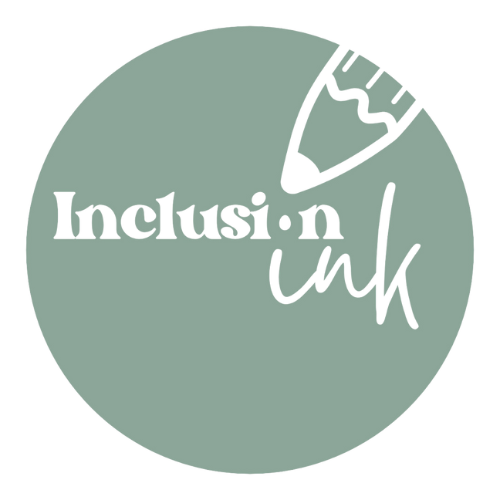Early Intervention vs. Private Home Therapy
When deciding on therapies for your child, you have two primary options: early intervention therapy and private therapy. Each comes with its own set of benefits and challenges. Understanding these can help you make the best choice for your family.
Early Intervention
Early intervention (EI) is a government-funded program aimed at helping children under three who have developmental delays or disabilities. The program stops at age 3, but if found eligible, your child will be able to attend a preschool designed to continue helping them achieve their goals. In most states, this is called Early Childhood Special Education (ECSE).
Your team will be led by a Case Manager, who will be your point of contact for most everything except the therapy itself. They can help with city and state-dependent resources, assist with necessary paperwork, etc.
If your child is eligible, they will be put on an Individualized Family Service Plan (IFSP). The IFSP is central to early intervention. This written plan, created by a team, outlines the specific goals the family has for their child and themselves. It details the services that will best support achieving these goals, including when, where, and how they will be delivered. The IFSP serves as a roadmap for both the family and the professionals involved, guiding the provision of services and support.
Benefits
Accessibility: Available to all families regardless of income or insurance, making it a viable option if financial resources are limited.
Tailored Services: Customized to your child’s needs and delivered in familiar settings like home or daycare.
Multidisciplinary Team: Involves various specialists (speech, physical, and occupational therapists) for a comprehensive therapy plan.
Drawbacks
Wait Times: High demand can lead to long waitlists.
Service Limits: May not cover all the services needed for children with complex requirements, necessitating supplemental private therapy.
Private Therapy
Private therapy is typically funded through private insurance or out-of-pocket payments, offering more control over your child's therapy plan. In some states, Medicaid may cover private therapy via a waiver, making it a more accessible option for individuals who qualify even if their family income is too high. It’s essential to check your state’s Medicaid policies for specifics on coverage.
Benefits
Flexibility: You choose the therapist, location, and schedule that fits your family’s needs.
Personalized Care: Highly individualized services with specialists tailored to your child’s specific needs.
Access to Specialized Materials: Provides resources that might not be easily accessible at home.
Skill Development in a New Setting: Offers a different environment for your child to practice and maintain skills.
Comprehensive Options: Can supplement or stand alone from home/EI and school-based services, depending on your child's and family's needs.
Drawbacks
Convenience: Traveling to appointments can be time-consuming and less convenient.
Time Commitment: Requires significant time for travel and parent participation.
Cost: Often follows a medical model, meaning private payment might be necessary if there’s no qualifying diagnosis for insurance coverage.
In both, caregivers are actively involved in every session, fostering a collaborative approach. If this is not how therapy is going, do not hesitate to ask to have more of a say in your child’s sessions.
Key Differences
Age: EI is available only for children under three. After they turn three, they transition out of the EI program and may need a plan for continued services if required.
Criteria: EI requires a significant delay (30% or more) in one or more developmental areas. Private therapy uses a broader set of criteria, making it accessible for children who might not meet the EI thresholds but still need assistance.
Throughout the years, we have been fortunate to have access to both EI and private therapy. Each had its own benefits, and I loved that we could work on things at home that were particularly challenging (using their own toilet, for example) but also have access to fun, new things like a trampoline that unknowingly increased their core strength.
Regardless of your decision, doing what feels right for your family is all that matters.
